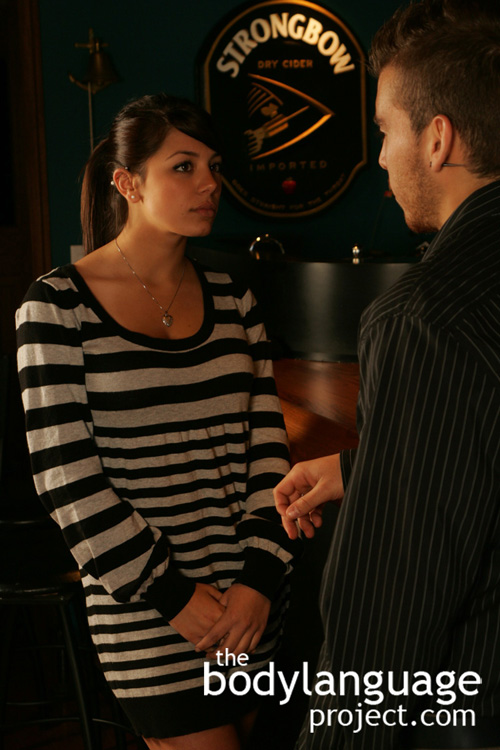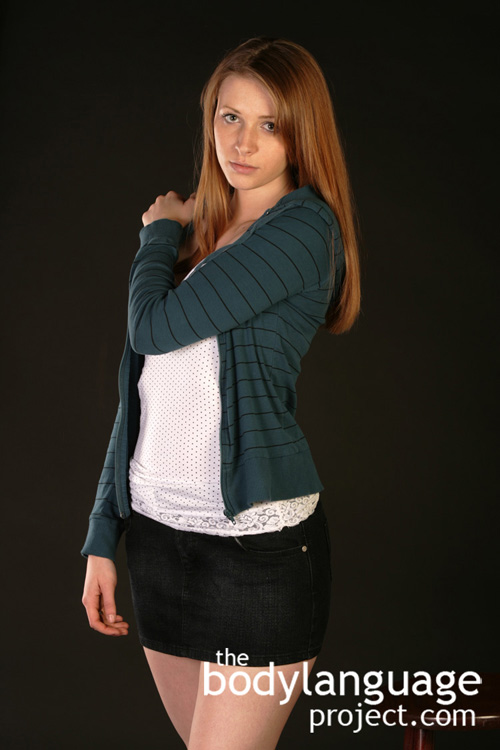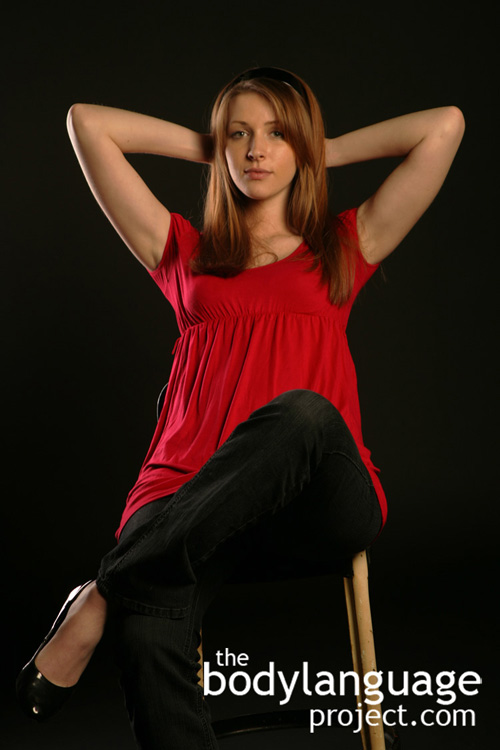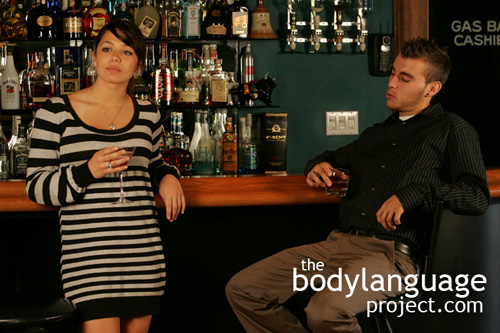
Reduction in body size can include anything from curling into a ball to pulling the arms in slightly to avoid detection. When we submit we show that we aren’t a threat.
There are cues that can eliminate, or significantly reduce the possibility of confrontation. These “readiness to submit” postures, are found in all animals where fighting could lead to injury or terminal harm. Unlike humans, animals in the natural world lack hospitals, doctors and medicine so conflict is risky, not to mention there might be very little upside to engaging in physical violence. Humans, while we can usually recover from some of the most violent physical altercations, still possess the same evolutionary hardwiring to avoid conflict when possible. Sometimes though, aggressive postures and hence posturing can be beneficial to thwart an attack as the opponent decides whether or not physical or verbal attack will bring them closer to their goals, or whether or not they target will make for an easy prey. Avoiding conflict can be done using submissive postures too, and an intelligent person will see that his pride will still remain intact. Submitting to others requires that a person realize that their interests are better served by achieving their goals, in this case staying injury free, rather than maintaining status.
To an instigator, the exact opposite goal is their motivation. They wish to torment and bully their way into positions of authority usually for the exact reason that they have no other skills at their disposal. The intelligent will use more sophisticated methods to win the arms race instead of physical violence.
Reduction in body size is a sure way to remain anonymous and melt into the background. Submission in this way includes; “sinking in the chair” or pulling the arms inward, pulling the shoulders down and rounding them, hunching in, pulling the chin in and pulling the legs or knees closer together. These positions would be classified as closed body postures, as are most submissive postures. Reducing body size is the exact opposite from what one would do to indicate dominance. Dominance is displayed by taking up more space, being loose and free flowing, pushing the chin out, broadening our shoulders and so forth. Remaining motionless and avoiding eye contact are other key features of a submissive posture. What all these cues have in common is that they give us a better chance of being overlooked as a threat, and help to repels attention from us.
Making the body small limits the potential of being hit and covers up vital areas of the body. In today’s age, it is uncommon to be physically attacked, but the mechanism by which we display can have a big impact on how people react physiologically to us. In other words, body language plays a big part in how other’s perceive us even if we don’t know them, and so we can influence them to our advantage even before a word is spoken. To avoid a speeding ticket, it has been shown that it is important to immediately admit to being at fault and to do so emphatically. This might be counterintuitive as most people think that admitting guilt is a sure way to get punished. However, denying culpability only serves to instigate the officer forcing him to stand his ground even further. The best stance to avoid a ticket, as we covered earlier, is to apologize, admit doing wrong, and incorporate submissive language such as head down and palms up. If you still receive a ticket, it will be much less severe.

Many sexual cues are submissive in nature – it evokes a protective response in men.
The extremity of submissive language is being curled up in the fetal position, however as we get older, we find that these gestures are not acceptable so we abbreviate them. We might therefore take on a crouched position, bend our knees slightly to appear smaller, or pull a leg in and sit on it. Women can be seen hugging their knees by pulling them in. We can also take on “baby eyes” by widening the eyes and appearing more vulnerable. Women and young girls are particularly talented at this posture as anyone with daughters will no doubt admit. The vast majority of women’s sexual body language includes submissive gestures so some of them might appear during general submission. Woman might look up and lick their lips and keep them parted. Emotional tension created by submission can occur in either sex, such as a pale face, fidgeting, jerky movements, sweating, or displacement behaviours such as playing with the hair or rubbing the palms.











